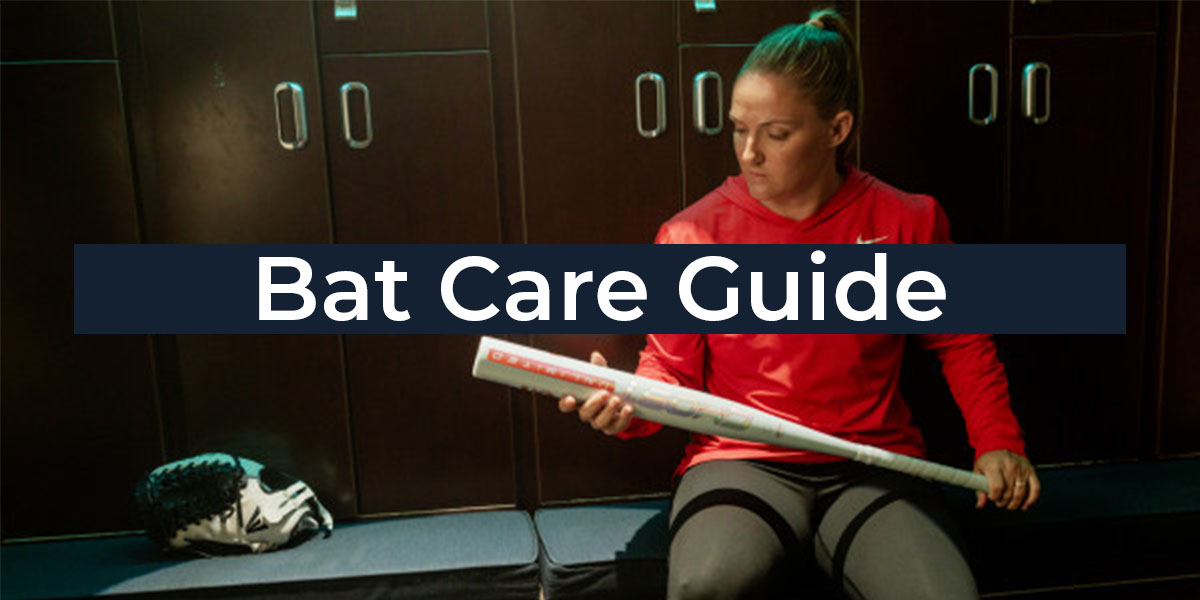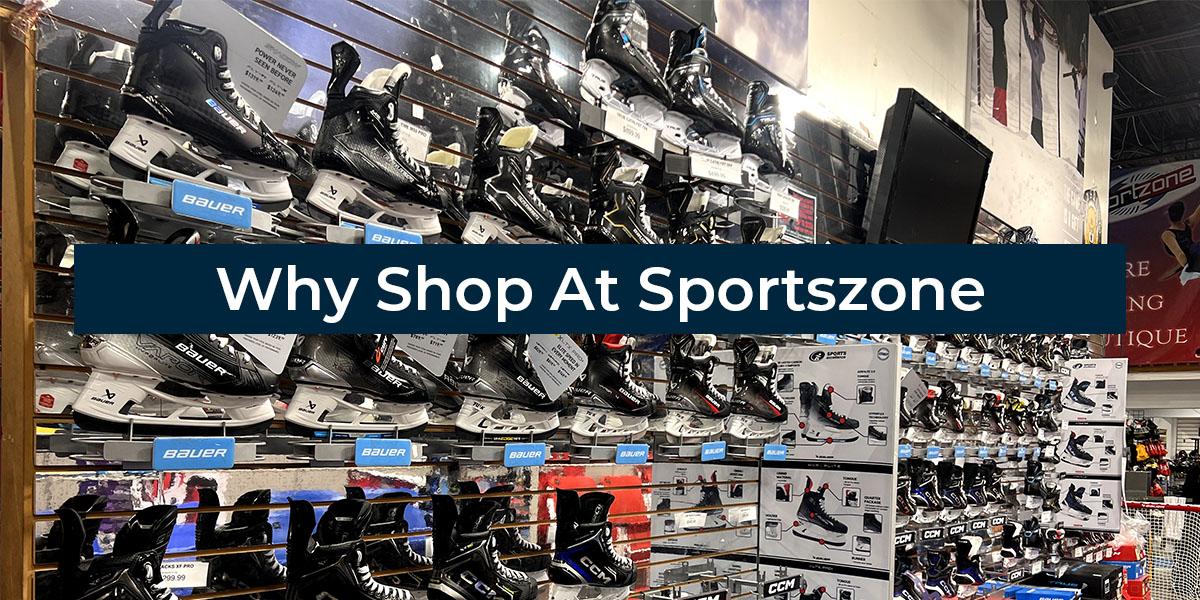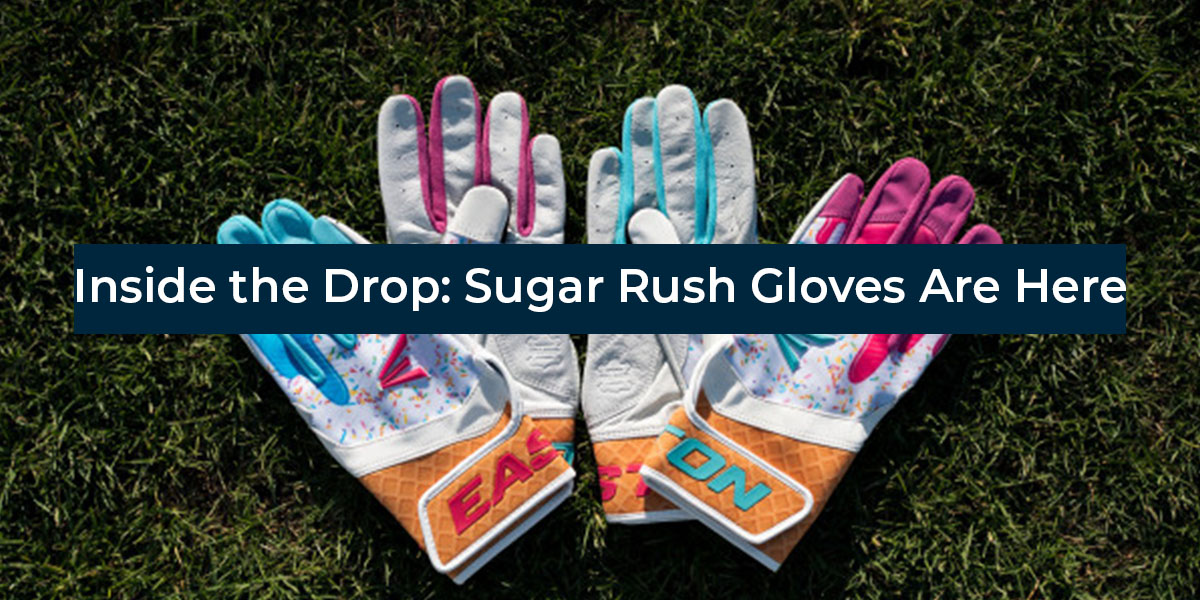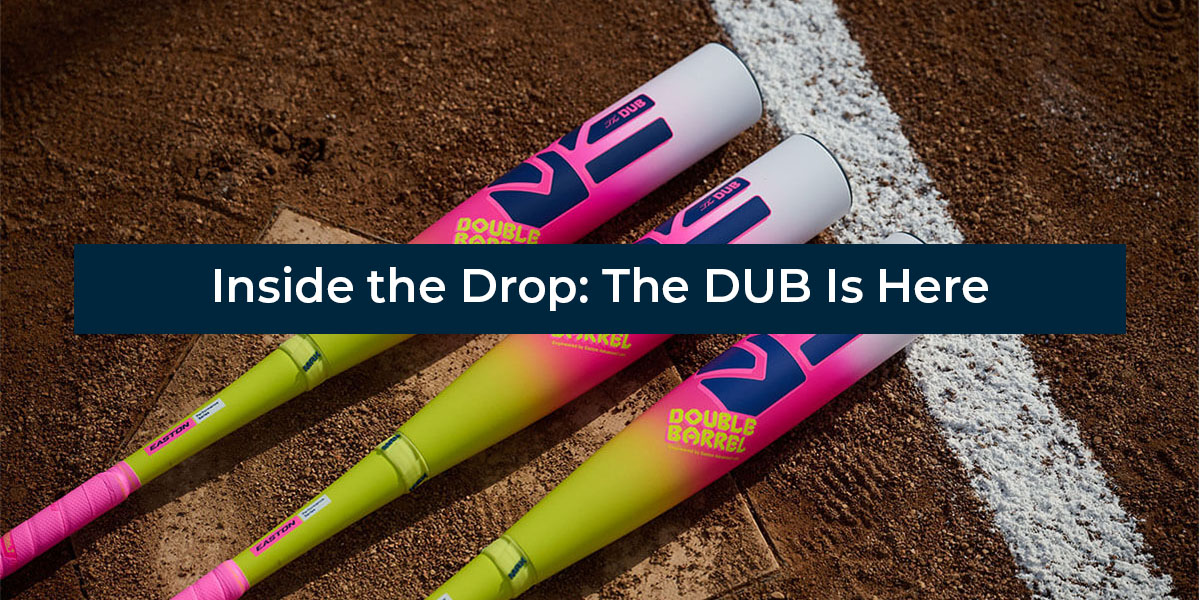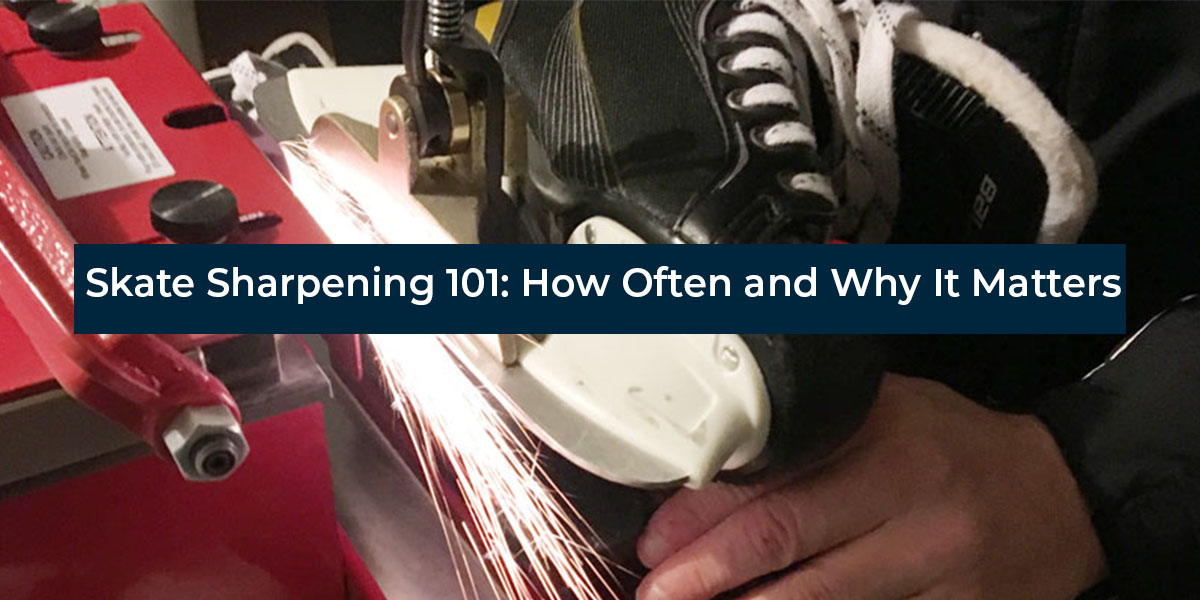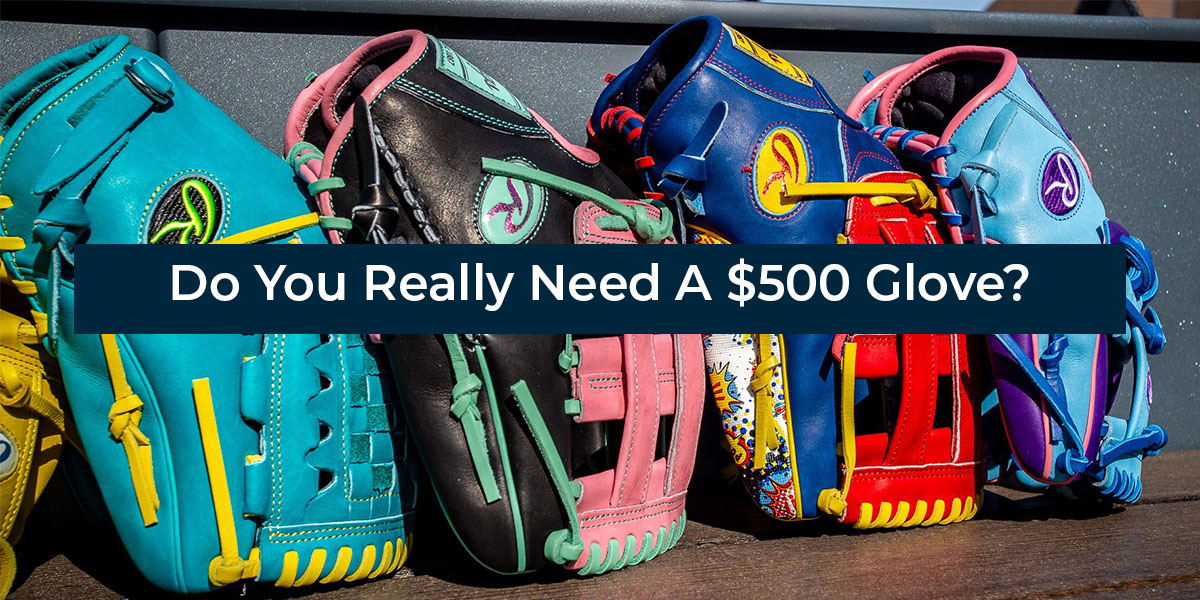Choosing the Right Baseball Glove for Your Position
- By SportsZone Canada
- Mar 26, 2025
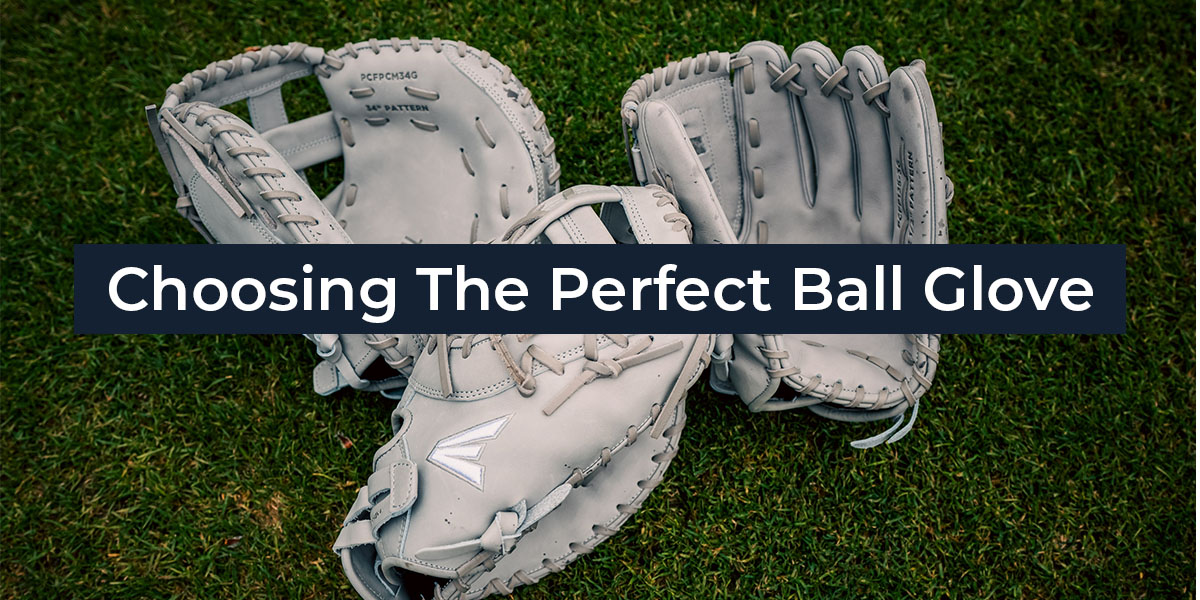
Choosing the Right Baseball Glove for Your Position
A detailed guide to help you find the perfect fit for your position
Why the Right Glove Matters
Your glove is your most important piece of fielding equipment. Choosing the right glove for your position improves your control, performance, and confidence on the field. It also reduces hand fatigue and minimizes injury risks over time.
Infield vs. Outfield Gloves – Key Differences
Infield gloves are smaller (11"–11.75") with shallow pockets and open webbing. This design supports quick ball transfers and allows dirt to fall through for better handling of ground balls.
Outfield gloves are larger (12.5"–13") with deeper pockets and often closed webs. These gloves help outfielders trap fly balls and line drives, and the closed webbing shields vision from the sun or lights.
Pitcher's Gloves – What to Look For
Pitchers need gloves that conceal their grip and allow smooth motion. Typically sized between 11.5" and 12", these gloves feature closed webbing (like basket or modified trapeze) and prioritize comfort and flexibility to keep motion fluid during fielding.
Catcher's Mitts vs. First Base Mitts
Catcher's mitts are oval-shaped, heavily padded, and range from 32.5"–34". They’re built to handle fast pitches and secure the ball with minimal rebound.
First base mitts range from 12"–13", with a curved edge and extra length. These features help scoop errant throws and improve reach around the bag.
Material Breakdown – Leather vs. Synthetic Options
Full-grain leather: Stiffer and heavier, this material offers premium durability and longevity, though it requires more break-in time.
Steerhide leather: Common at competitive levels, it's dense and holds its shape well, but can take longer to soften.
Kip leather: Lightweight and soft, kip leather breaks in quickly and is popular among pro players for its feel and responsiveness.
Synthetic gloves: Lighter, affordable, and great for beginners, though they wear out faster than leather options.
Top Glove Brands for 2025
Wilson: Their A2000 and A2K series are known for superior construction and professional-grade leather.
Rawlings: A leader in glove innovation, known for Heart of the Hide and Pro Preferred gloves.
Mizuno: Offers gloves with soft leather and quick break-in, favored by youth and advanced players alike.
Nokona: USA-made, premium craftsmanship with unique leather options and a traditional feel.
Marucci: A newer brand that has quickly earned trust with high-quality builds and sleek profiles.
Break-In Tips to Extend Glove Life
Use a glove mallet to shape the pocket and soften the leather. Play catch frequently to naturally mold the glove to your hand. Apply glove conditioner sparingly and never use ovens or microwaves to speed up break-in — extreme heat can ruin leather.
How to Size and Fit Your Glove Properly
Measure the circumference of your hand below the knuckles to estimate your ideal glove size. Infielders usually choose 11"–11.75" gloves for speed and control. Outfielders benefit from gloves between 12"–13" for extended reach. For catchers and first basemen, follow position-specific size recommendations and test for a secure fit with minimal finger movement.
Explore our full range of premium baseball gloves designed for every position and level of play.
Shop Baseball Gloves Now